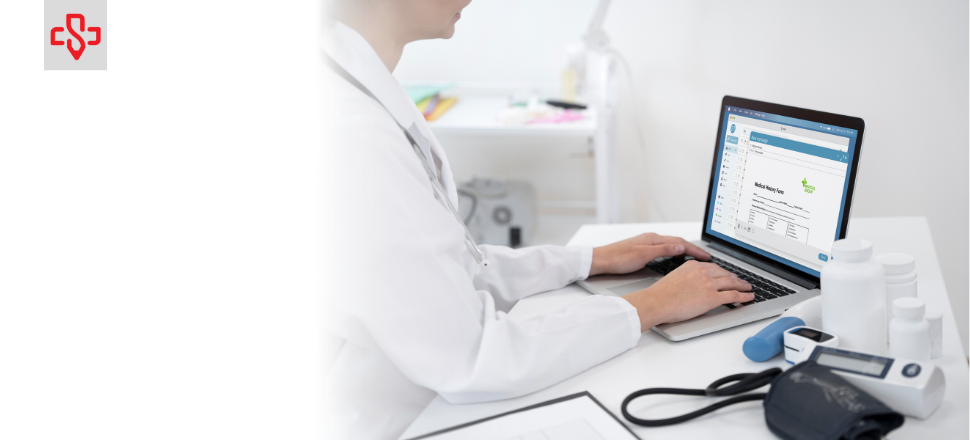Long after the last patient leaves, the workday isn’t over. Not really.
Laptops glow in kitchen corners. Dictations drag into dinner. And somewhere between catching up on charting and collapsing into bed, a clinician asks—“How is this sustainable?”
It’s not.
After-hours charting is the silent epidemic in healthcare. One that affects clinical quality, job satisfaction, and retention—and one that medical scribe services are uniquely positioned to address.
The Problem: Charting Burnout Is Real—and Growing
According to the American Medical Association, physicians now spend nearly two hours on EHR tasks for every hour of patient care. And much of that work spills into “pajama time”—nights and weekends meant for rest, not documentation.
In a 2023 Medscape survey:
- 57% of physicians reported feeling burned out
- Of those, charting burden was a top-three cause
Let that sink in. Not pay. Not patient complexity. Paperwork.
This administrative overload is also a leading reason why early- to mid-career clinicians are cutting hours, switching employers, or leaving medicine altogether. That’s not just a staffing issue—it’s a systemic one.
The Cost of Burnout Goes Beyond Wellness
When clinicians are stretched too thin by charting, the impact is far-reaching:
- Slower documentation affects coding accuracy and reimbursement
- Incomplete or delayed notes hinder continuity of care
- Mental fatigue increases risk of errors, missed details, or patient dissatisfaction
- Low morale affects engagement, patient communication, and team culture
Burnout isn’t about being tired. It’s about being worn down by non-clinical tasks that chip away at a provider’s core purpose: healing.
The Scribe Solution: Lighten the Load, Improve the Care
Medical scribe services—especially virtual scribes—offer a proven, scalable way to reduce after-hours charting and restore clinician bandwidth.
Scribes support the provider in real-time, capturing:
- Patient history and chief complaint
- Exam findings, provider assessments, and plans
- Orders, instructions, and referrals
- Time-based elements relevant for E/M documentation
By handling the “note,” scribes free up the clinician to handle the patient. No more toggling between tabs or struggling to remember what was said 6 hours later.
What This Looks Like in Practice
Imagine this:
A provider sees a full slate of patients. As each encounter ends, the chart is done. Complete. Signed. Ready for billing.
They don’t log in again at 10 PM.
They don’t need to “catch up” on weekends.
They go home finished.
That’s not a fantasy. That’s what scribing makes possible.
Virtual Scribes: Clinical Support That Moves with You
Today’s scribing model is flexible, secure, and designed for clinical workflows across:
- In-person visits
- Telehealth sessions
- Hybrid and urgent care environments
Virtual scribes work remotely, connected via audio or video, and document directly into your EHR. They adapt to provider preferences, specialty needs, and regulatory guidelines—while maintaining HIPAA compliance.
For busy group practices or multi-site health systems, this means:
- No disruption to clinic flow
- No onboarding strain for in-house staff
- High consistency and low error rates
In short: Support without the overhead.
Clinician Support Isn’t Just About Care Models—It’s About Documentation Models
Health systems are pouring resources into wellness programs and care redesign. But ignoring the administrative architecture that drives burnout is like remodeling a house and forgetting the foundation.
- Supporting clinicians means:
- Giving them time back
- Protecting their mental bandwidth
Letting them practice at the top of their license, not the bottom of a documentation checklist
That’s where scribe services shine—not as a shortcut, but as a strategic investment in clinical sustainability.
HR and Ops Teams Take Note: Retention Is in the Workflow
If your organization is struggling with:
- High turnover among early-career MDs
- Physicians reducing hours or requesting admin days
- Ongoing dissatisfaction in engagement surveys
It’s time to look at documentation support as a retention strategy.
Replacing a single physician can cost a system up to $500,000 in recruitment, onboarding, and lost revenue. In comparison, implementing virtual scribe support is not only cost-effective—it’s morale-enhancing.
Final Thought: Charting Shouldn’t Be a Second Shift
Let’s be clear—documentation is vital.
But so is dinner with family.
So is rest.
So is showing up the next morning energized, not emptied.
At Scribeology, we believe clinician support starts with what happens after the patient leaves—and how we can make that part of the job lighter, faster, and human again. Ready to transform your workflow? Get a quote today.
Because in the end, care shouldn’t suffer for compliance. And clinicians shouldn’t burn out for billing.





